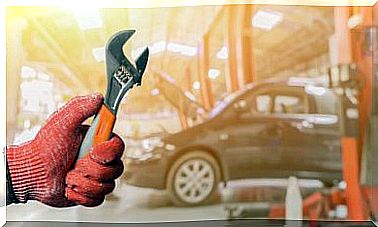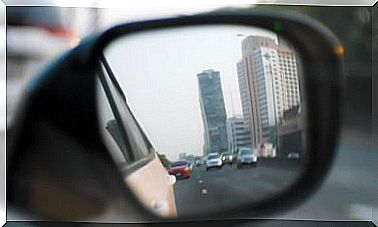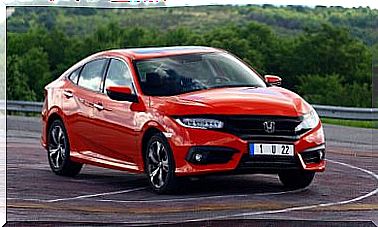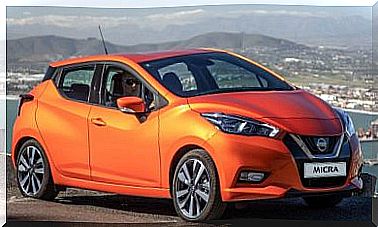The Subaru 360 Was The First Car Of The Brand, And It Has Turned 60 Years

The exclusive Japanese manufacturer Subaru has never stood out for its incredible sales, but for offering cars out of the ordinary. Throughout its history, the Subaru Impreza stands out for its prowess in the World Rally Championship, but in 2018 we must talk about the Subaru 360, the first car produced by the brand.
It was 1958 when Subaru launched an economical utility vehicle in Japan, adapted to the new Kei-Car regulations. This regulation was created to encourage the purchase of cars instead of motorcycles at a time when the postwar economy did not allow for great luxuries.
Subaru 360 design
Aesthetically, the Subaru 360 can come to remind other utilities of the time, especially the FIAT 500 and the Vokswagen Beetle, always depending on the point of view of each and the angle from which the car is viewed. There is no doubt that an excellent job was achieved despite its small size.
Curved surfaces and a large glass area were the characteristics that defined the exterior of this Japanese utility. Its measurements – 2,990 mm long and 1,300 mm wide – were influenced by the Kei-Car regulations that it followed, as well as the weight of 410 kilos.
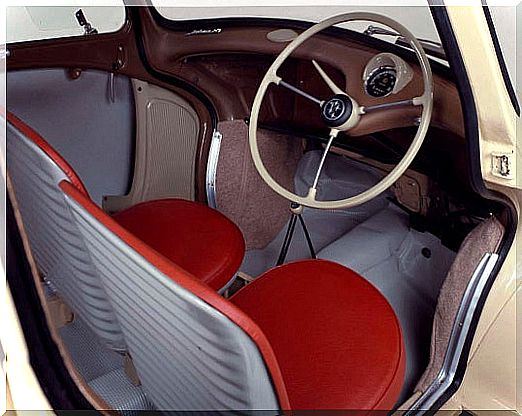
Once seated inside, its simplicity is striking. Four seats for four occupants, a steering wheel and little else. Its condition as an economic car was noticeable, and we must remember that it is a substitute for a motorcycle, not a car in the strictest sense of the word.
Up to three different bodies were designed. On the one hand, there is the conventional one that we have already talked about, its corresponding convertible version in the purest FIAT 500C style and a version halfway between station wagon and van (360 Custom).
The last series of the car received a series of improvements both in terms of safety and aesthetics that affected the cabin. The entire dashboard was renewed to make way for a mixed steel-plastic in which there was room for a new dashboard and steering wheel.
Last but not least is the Subaru 360 Young SS, with a pseudo-sports focus, which was mostly aesthetic. The SS was characterized by an improved gearshift and four ratios, more enveloping seats, new light clusters and painted stripes on the body.
Mechanical offer
The mechanical range of the small Subaru 360 was never very extensive, but rather the opposite. At least, during its commercialization various improvements were introduced with which they increased the power, always respecting the Kei-Car regulations that, at that time, constantly evolved to what we know today.
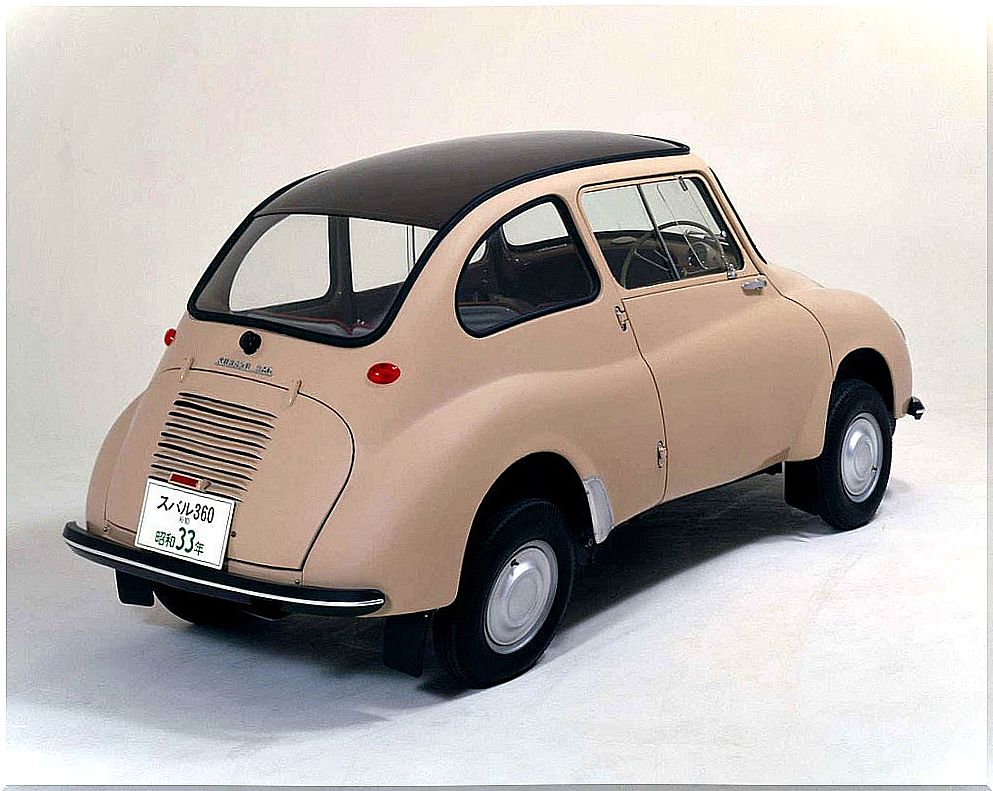
At first, under the hood was a tiny two-stroke, in-line two-cylinder EK31 engine with 356 cc and 16 hp, enough to reach 96 km / h top speed. This engine was characterized by having to previously mix the oil with gas.
This would be the case until 1964, when thanks to the Subarumatic the process was automated. The EK32 block was also introduced , with the same displacement but with a power of 25 CV. As the top of the range, the EK51 423 cc double carburettor block was an option , which certified 36 CV.
Less well known is the existence of the Subaru 450 (1960-1966), also known as the Subaru Maia. This differed by using only the most capable engine, the 423-cubic-centimeter EK51. In addition, it was the version chosen for export to Australia.
Commercialization
The Subaru 360 was in production from 1958 to 1971. During that time , 392,000 units were marketed. Surprisingly, 10,000 units – now highly valued – were exported to the North American market, in addition to around thirty destined for Australia.


